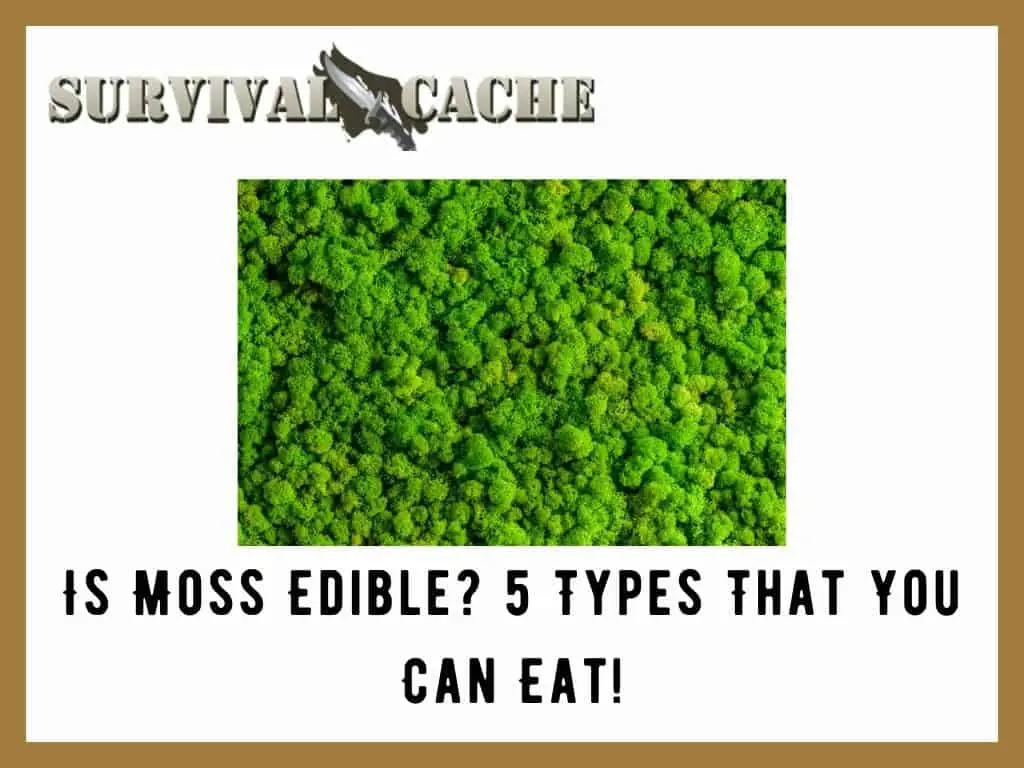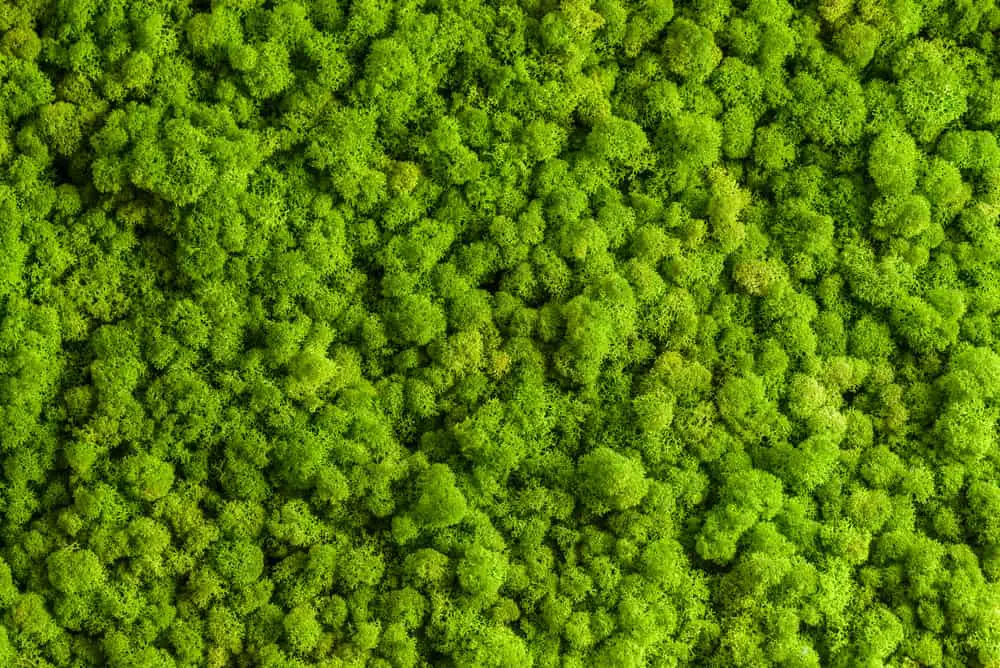Mosses are one of those plants that can be found in many places throughout the world and can grow in great abundance.

When hunger pains set in, the eyes may drift to this type of growth and wonder if it can be eaten.
Like a lot of plants, some are downright toxic to consume, some should be avoided, and some are actually quite good both nutritionally and tasty to eat.
Several types of mosses are edible to eat but take it from me, you will not be smiling with delight when this stuff rolls across your tongue.
Before you start openly grazing there are a few things you should know about moss and as well as five types that are okay to consume.
SKIP AHEAD
Should You Eat Moss?
Edible mosses are not bad to consume but they are not chock full of calories or everything the body needs.

Among many groups that regularly eat moss do so by using it as a filler with other dishes rather than relying solely on it as a meal.
Eating moss when nothing else is available is one of those last-ditch efforts to put something in your stomach to appease hunger pains. Just do not expect it to give much of an energy boost.
Preparing Moss
There are some outdoors people that have no problem picking up a pinch of moss and eating it raw.
There are two reasons most people should steer clear of popping moss right into their mouths.
Firstly, moss can be quite acidic and if you have ever eaten foods with high acidic content you know the kind of stomach problems that can result.
This is why if you plan on eating moss it is recommended to soak or boil it with several changes of clean water. This helps to remove the acidity and in turn won’t be so hard on your insides.
Secondly, moss grows on trees, rocks, and the ground. By eating moss raw you are running the risk of consuming anything else that has come into contact with it from passing wildlife, insects, bacteria, and soil.
To avoid a mouthful of grit or any other nasty bits, give the moss a good rinse with fresh, clean water.
Thirdly, some raw mosses can be toxic and should only be consumed through proper preparation.
Lastly, moss can grow in layers, and sometimes the undergrowth is subjected to decomposition. This means insects and a whole lot of bacteria. It is best to choose fresh moss on the surface and again, give it a proper washing plus boil.
5 Mosses You Can Eat
*A quick disclaimer. Although many types of mosses are edible it is your responsibility to properly identify them and to always follow the edibility test procedure before consuming anything you are unsure about. *
Iceland Moss
Iceland Moss may be overlooked due to its leaflike structure, which makes it appear different than other types of moss.
The best places to look for Iceland Moss, other than Iceland, is in the northern hemisphere and in northern reaching mountain environments.
Oak Moss
Beware that this type of moss can be toxic if eaten raw and should always be boiled numerous times with several cleanouts in between before attempting to eat.
Oak Moss has a rather stringy appearance and can be found growing primarily on oak trees, although it does grow on other surfaces as well.

Reindeer Moss
This moss can be easily recognized because its physical appearance resembles that of reindeer antlers and can be found in more artic areas and woodlands in the northern hemisphere.
Spanish Moss
This flowering moss can be found hanging from trees in humid regions along the southeast United States, subtropical and tropical regions.
It is sometimes confused with “Old Man’s Beard” because they look similar and they both give a tree the appearance of having a beard.
Sphagnum Moss
This particular moss grows exceedingly well in New Zealand but can be found in other wet climates.
This moss grows down on the soil and is often found in swamps or bogs.
Wrap Up
Considering that moss has very little calories, does not taste good, needs to be correctly identified, and requires proper preparation it is probably best used in other manners than food.
Moss makes great building material for shelter, has been used as first aid bandages, and when dried out it can be used as tinder to start a fire.
As with all wild edibles, make sure in-depth research is conducted into identification and preparation methods before ever putting anything into your body.
Thanks for reading and stay prepared!
Have you ever eaten moss? Sound off in the comment section below and let us know!

